The new Bocconi University campus design by SANAA_#architecture

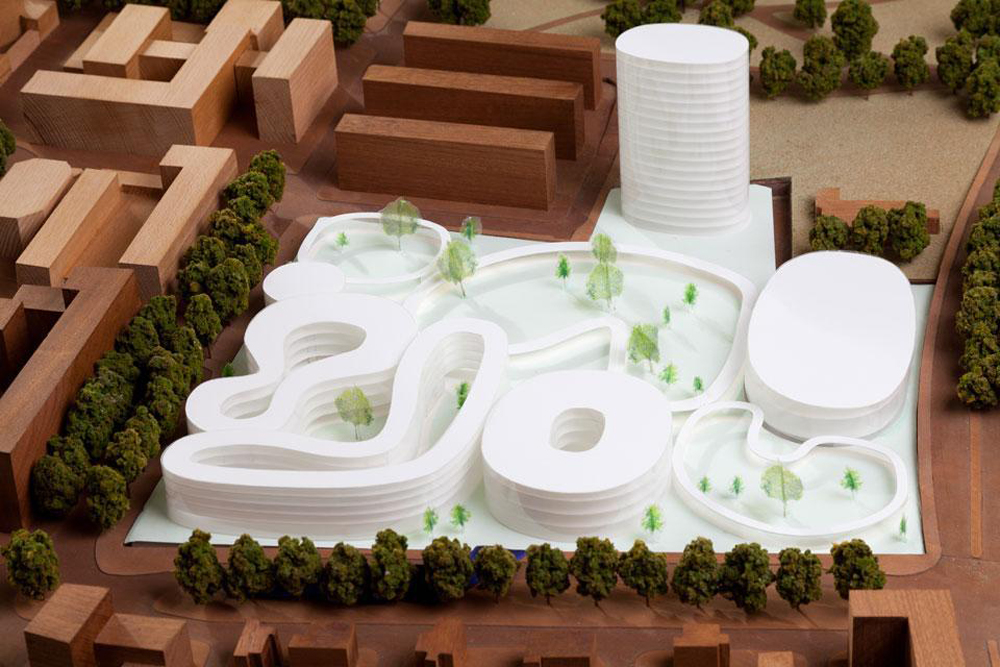
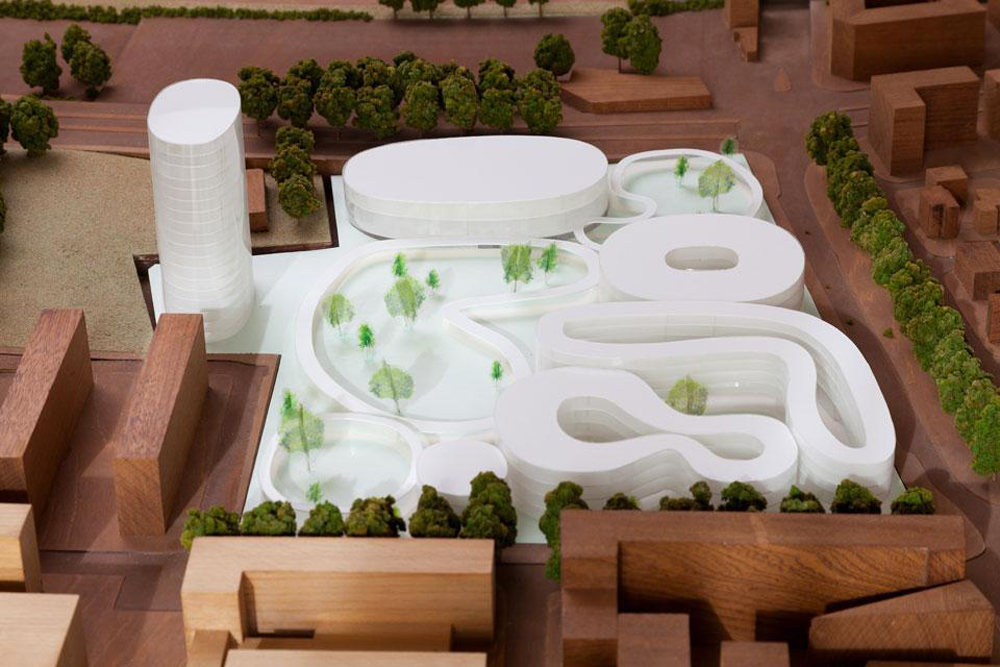
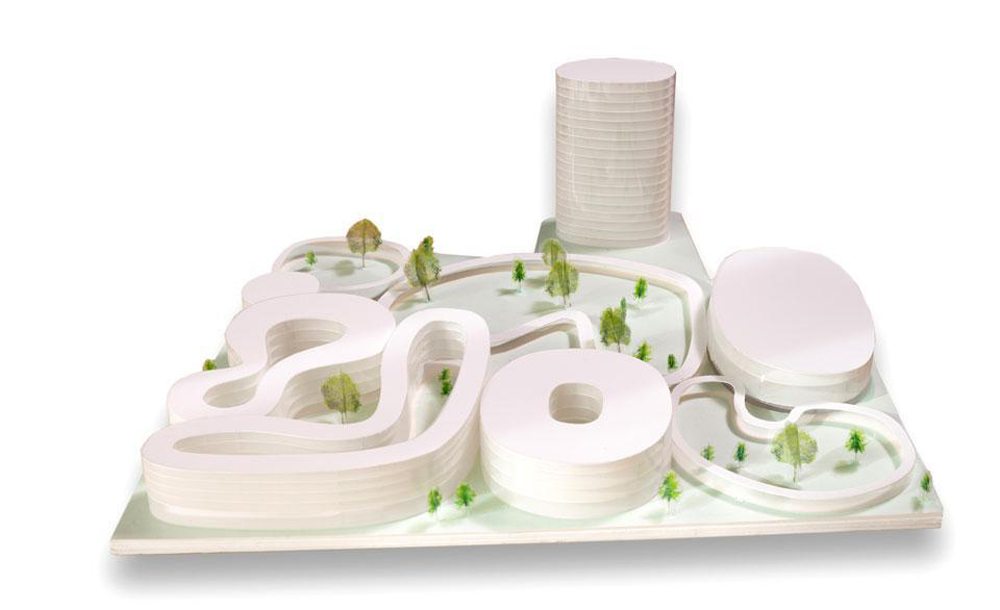
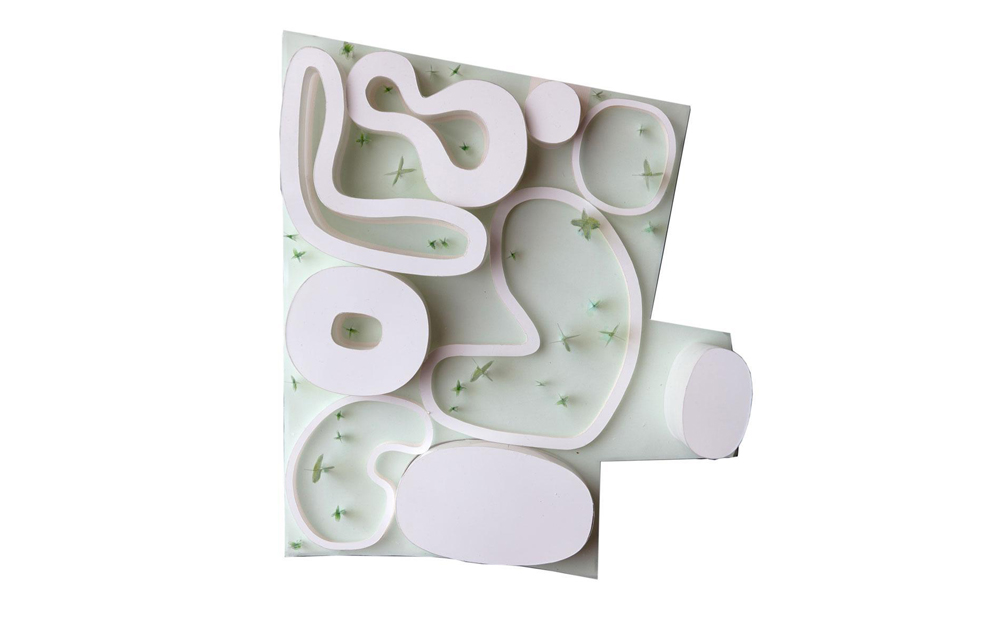

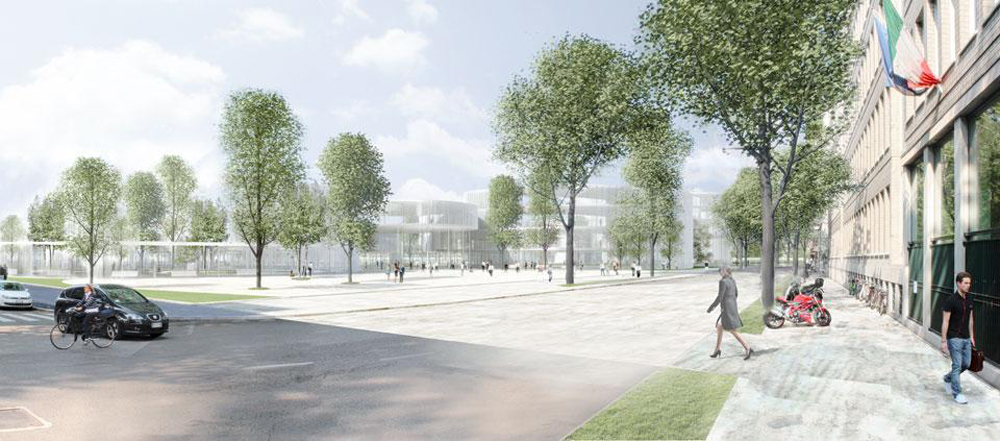
 Architects: SANAA Location: Milan, Italy Photography: Paolo Tonato
Architects: SANAA Location: Milan, Italy Photography: Paolo Tonato
In Amsterdam alone, between the '50s and '70s, Aldo van Eyck designed over 700 playgrounds. The Dutch architect was 28 in 1947, the year he began working at the Department of City Development there. To van Eyck, the playground was a project type that he used to test the connection between non-hierarchic compositional elements, and for everyone else, he wanted it to be an extraordinary learning opportunity. Now, the same relationship between organic forms and human life seems to be the basis for the new campus designed by SANAA for Bocconi University in Milan. After the success linked to their Rolex Learning Centre, built on the campus of EPFL Ecole Polytechnique Fédérale de Lausanne, SANAA again set out to design a non-hierarchal relationship between the elements of a landscape that is human before it is architectural. The campus lies on the former site of Milan's Centrale del Latte (milk-processing plant), whose north side is attached to the university's existing complex. SANAA designed dormitories, a recreation centre, a School of Management, and buildings for Bocconi's Master and Executive programmes, all erected on a spacious 17,500-square-metre public park open to students and neighbourhood residents. A series of inner courts connects a cafeteria, administrational offices and a university store. Each nucleus is based on a building size of modest dimensions in order to give the interiors natural light, offer sweeping apertures on to the courts and optimise natural ventilation, reducing the need to use artificial illumination and air circulation. The well-insulated walls are 50 per cent opaque and 50 per cent transparent. Other energy-saving features are the use of underground water springs and the recycling of rainwater. Solar panels will be installed on the roof of the recreation centre. The buildings for the Master and Executive courses feature conventional classrooms, lecture halls and cubicles. Students exiting the classrooms can make immediate use of the cubicles to discuss the contents of the lectures. The building's curved plan follows the natural lines of the halls. What kind of space is good for learning? What shape should a school have? I have never played in a playground by Aldo van Eyck, but I have spent most of my life at school. As a member of the teacher's body at Bocconi University that does not teach an economy-related discipline, I often ask myself how a space can encourage students to decide where to go. Beyond the aesthetics of academic power and university conviviality, the design of learning spaces might be one of the most interesting fields in architecture of the past few decades. How does space shape the mind? How does one design a learning enterprise today? If it is true that the building has become a banner of institutions aspiring to cultural leadership, what does the Bocconi-SANAA banner say?
The project description speaks of transparency, empathy for nature, and far-sightedness, but when I look at the interconnected forms in the rendering, something our newly elected rector Andrea Sironi said comes to mind. At the speech he held for the inauguration of the academic year, Sironi talked about passion for one's work and dedication to the profession of education, stating how the institution's future will lie in its pool of individuals of excellent competence, formed at a moment of great social and economic change. Can a piece of "architecture for knowledge" actually be handing over to the city a playground especially made as a place for our imagination? Paola Nicolin
Source: Domus/ SANAA
m i l i m e t d e s i g n – W h e r e t h e c o n v e r g e n c e o f u n i q u e c r e a t i v e s
Since 2009. Copyright © 2023 Milimetdesign. All rights reserved. Contact: milimetdesign@milimet.com
































